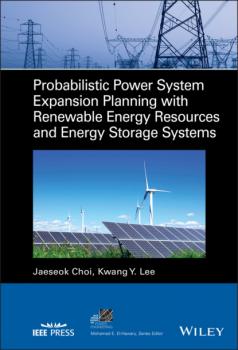John Wiley & Sons Limited
Все книги издательства John Wiley & Sons LimitedModeling, Simulation, and Optimization of Supercritical and Subcritical Fluid Extraction Processes
This book provides a complete guide on tools and techniques for modeling of supercritical and subcritical fluid extraction (SSFE) processes and phenomena. It provides details for SSFE from managing the experiments to modeling and optimization. It includes the fundamentals of SSFE as well as the necessary experimental techniques to validate the models. The optimization section includes the use of process simulators, conventional optimization techniques and state-of-the-art genetic algorithm methods. Numerous practical examples and case studies on the application of the modeling and optimization techniques on the SSFE processes are also provided. Detailed thermodynamic modeling with and without co-solvent and non equilibrium system modeling is another feature of the book.
The Case for a Debt Jubilee
We were drowning in in record levels of debt before the COVID-19 crisis, and we are now deluged in it. U.S. private-sector loans have tripled relative to income since 1950 – and government debt is also at an all-time high. Soaring debt burdens individuals, stifles growth, compounds inequality, and brings falling living standards for millions. Richard Vague’s new book argues that, contrary to mainstream assumptions, we cannot simply hope that the trend will correct itself. Mounting debt is a feature of our economic system, not a bug: debts perpetually grow and compound, polarizing and impoverishing economies if not overtly dealt with. He offers a detailed plan for how we can restructure a range of debts – such as student loans, auto loans, medical debt and more – and offer hard-pressed debtors a ‘jubilee’ now, not in some utopian future. Vague’s bold polemic contains a wealth of ideas that will free millions from modern-day debt peonage, reduce inequality and bring new vigor to the economy as it struggles to emerge from the pandemic.
Love
We make sense of love with fantasies, stories that shape feelings that are otherwise too overwhelming, incoherent, and wayward to be tamed. For love is a complex, bewildering, and ecstatic emotion covering a welter of different feelings and moral judgments. Drawing on poetry, fiction, letters, memoirs, and art, and with the aid of a rich array of illustrations, historian Barbara H. Rosenwein explores five of our most enduring fantasies of love: like-minded union, transcendent rapture, selfless giving, obsessive longing, and insatiable desire. Each has had a long and tangled history with lasting effects on how we in the West think about love today. Yet each leads to a different conclusion about what we should strive for in our relationships. If only we could peel back the layers of love and discover its “true” essence. But love doesn’t work like that; it is constructed on the shards of experience, story, and feeling, shared over time, intertwined with other fantasies. By understanding the history of how we have loved, Rosenwein argues, we may better navigate our own tumultuous experiences and perhaps write our own scripts.
Physics of the Terrestrial Environment, Subtle Matter and Height of the Atmosphere
The discovery, in the middle of the 17th century, of both the weight of air and the law governing its elasticity transformed the status of the atmosphere from that of a purely mathematical object to that of a complex and highly variable physical system.<br /><br />In the context of rapidly intensifying experimentation and observation, the nature of the atmosphere was therefore the subject of a host of hypotheses, which 18th century scholars tried to reconcile with a coherent physical approach. In particular, this was achieved by the conceptualization of invisible or “subtle” materials, thought to be closely linked to atmospheric stratification.<br /><br />Subtle matter was introduced, largely to reconcile contradictory results concerning the estimation of the height of the atmosphere. These estimations were based on different methods, mainly using the observation of meteors and the refracted and reflected light of stars.<br /><br />Taking as its common thread the question of the height of the atmosphere, which was omnipresent in the texts at the time, this book traces the history of the discovery of the atmosphere and the many questions it generated.









